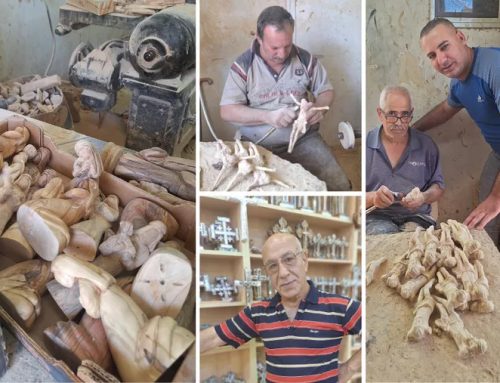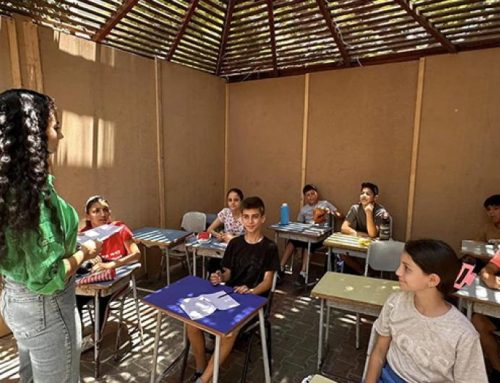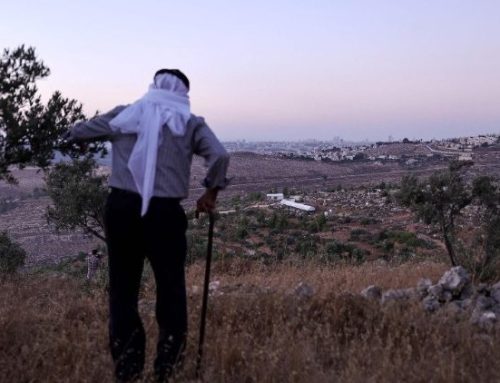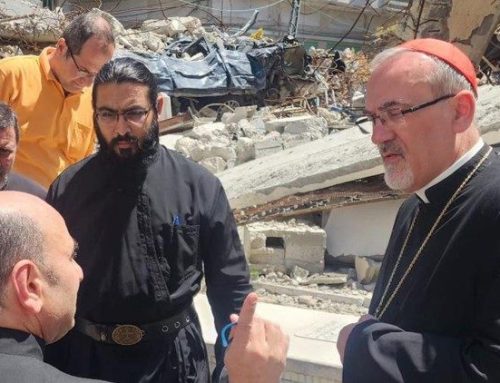JERUSALEM — After 10 years of systematic work, the Old City of Jerusalem is more accessible to the disabled and the elderly.
The pandemic-related shutdown allowed for completion of work of the last, most sensitive mile of the historic stone alleyways of the Via Dolorosa — the Way of the Cross.
It took years for the first 2.5 miles of the $6.5 million Accessible Jerusalem-Old City project to be complete because of the complexity of working within a historic area that is less than a half square mile in size.
Both the Old City and its walls are designated as an UNESCO World Heritage site, requiring planners to carefully consider changes as they accommodated the needs of residents living their daily lives and millions of visitors a year, said Gura Berger, spokeswoman for the East Jerusalem Development Co., which implemented the program.
“We worked day and night and we made (1 mile) accessible in two years,” Berger said. “These are the most sentimental (miles) because for the first time in history the Via Dolorosa is accessible. We did something important because people really come here in awe, with respect and hopes to the holy city.”
Adaptation of the ancient steps varies throughout the city depending on the location and steepness. It includes ramps as well as a set of “Venetian stairs,” which combines short sloping steps within the ramps along the steep path on a stretch near the fifth, sixth and seventh stations.
Maneuvering the path is still an effort, Berger admitted, but planners are limited in solutions because of the historical and topographical aspect of the city. Making accessible a city that was built in ancient times with the intention of keeping invaders out is difficult, she said.
The project was carried out by the Israeli Ministry of Jerusalem and Heritage in cooperation with the Ministry of Tourism, Jerusalem Municipality, Israel Antiquities Authority, Jerusalem Development Authority and East Jerusalem Development Co.
The work included renewing pavement, replacing underground infrastructure, painting facades, installing awnings and rearranging entrances to shops and residences. In a steeper areas handrails were added along the walls. Fourteen accessible toilet facilities with signage also were installed.
A dedicated app — Accessible JLM-Old City — is available in nine languages and maps the accessible routes within the Old City.
In addition, some 60 beacons of a planned 200 that use Bluetooth technology have been installed to orient people with visual impairment. The beacons are automatically accessed through the downloadable Step-Hear app which for now is only available in Hebrew and English, but other languages are being planned, Berger said.
Entrances to the Western Wall, Church of the Holy Sepulcher and the Temple Mount/Haram al-Sharif also have been made accessible. However, the sites themselves are private property and not under the domain of the project.
Local shopkeepers and residents noted that the switching of styles and locations of the ramps is confusing and that they can be slippery. They said they have seen pedestrians stumble because of the changing styles. In addition, they complained about the ramps now making it easier for motorcycles, scooters and motorized carts to speed through narrow alleyways.
“This is good for wheelchairs but it has created other problems,” said local resident Fees, 42, who declined to give his last name while drinking a cup of coffee at a café. He described how a scooter driver recently rode over his 8-year-old daughter’s foot.
“They need to block the motorcycles and scooters from coming into the Old City. The intentions were good; it is not easy to work in the Old City. It is OK, but there are flaws,” he said.
“It is easier to climb and good for carts, but it is still slippery,” agreed souvenir store owner Mumtaz Husseini.
Now that 95% of the city has been made accessible officials continuously review infrastructure with an architect and accessibility consultant, listening to residents and making as many improvements as possible, Berger said. She noted that traffic regulations are also outside of their realm.
Built on five hills, the dramatic height difference in the Old City is apparent. The highest point at the New Gate is 262 feet above the lowest point at the Dung Gate. The thousands of steps built over the generations needing to be made accessible added complexity to the project, Berger said.
The project also made the Old City streets accessible to mini-ambulances, mini-garbage trucks and carts to improve the quality of life for residents, she added.
Older people in the neighborhood are seeing a difference, said Old City resident Razi Rasheq.
“My neighbors suffered because every time they needed an ambulance for their grandmother it wasn’t able to reach them,” Rasheq said.
Michael Flaherty, visiting from Hawaii, gingerly made his way down a section of a ramp with the help of a cane, accompanied by his wife and a tour guide. Until his recent back surgery he didn’t need to use a cane.
“This helps with accessibility,” he said of the ramps. “Whoever did this, did a good job. You won’t appease everybody. Somebody will always be unhappy.”
https://cruxnow.com/






